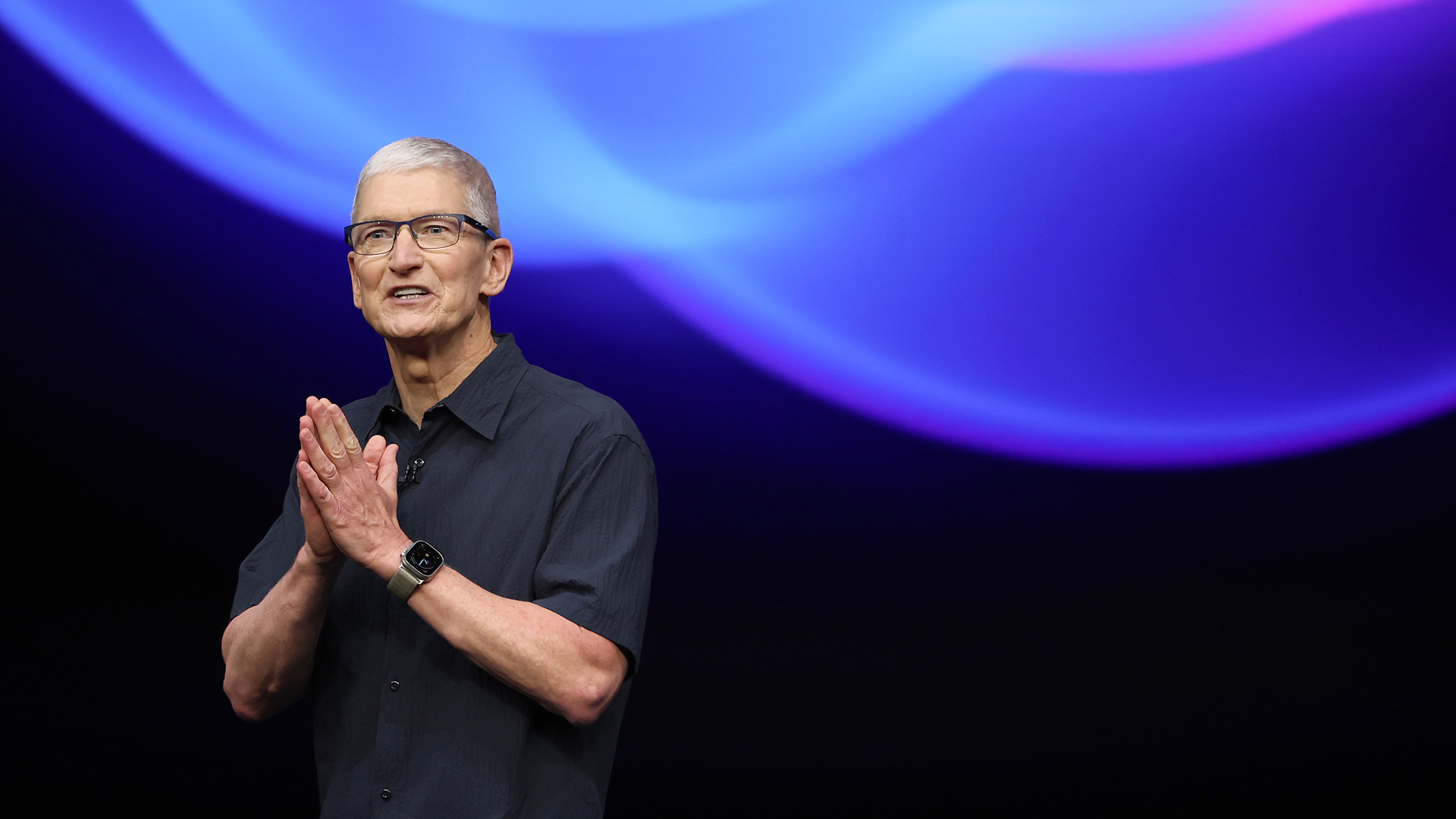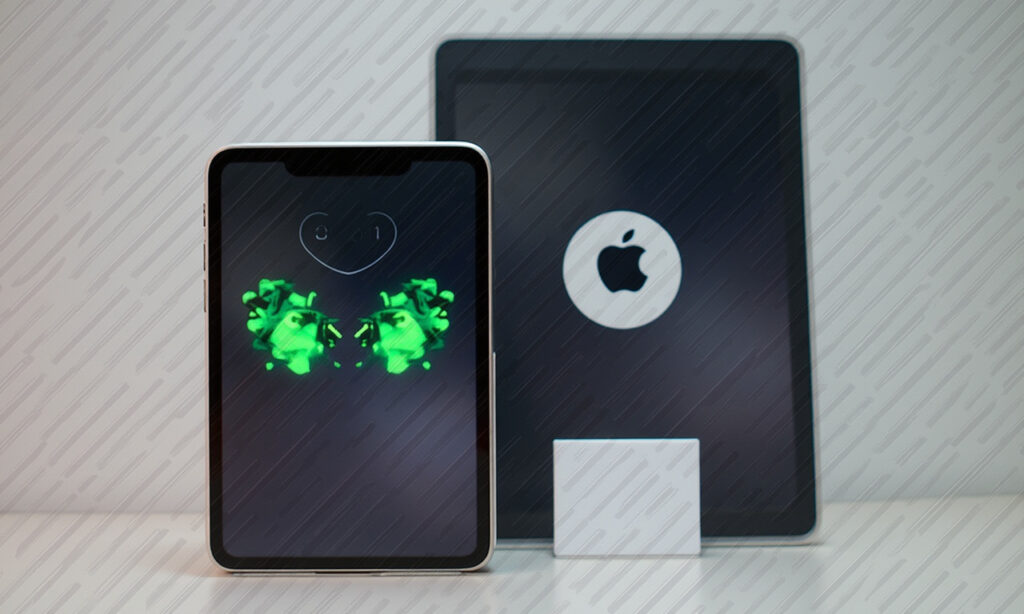The Latest Predictions
In the ever-evolving world of tech, predictions about Apple’s next big moves are always a hot topic. Recently, analyst Jeff Pu from GF Securities in Hong Kong has stirred up the conversation by suggesting that both iPhone and iPad foldables could enter mass production by the end of 2026. However, the likelihood of these devices launching simultaneously seems questionable.
Mass Production and Launch Dates
Pu predicts the production of a 7.8-inch foldable iPhone and an 18.8-inch foldable iPad, with potential launches late in 2026 or early in 2027. The 7.8-inch device has garnered significant attention, with other reputable sources like Ming-Chi Kuo and Mark Gurman at Bloomberg also hinting at a 2026 launch for the folding iPhone.
The larger 18.8-inch device, however, is shrouded in more uncertainty. Originally expected to precede the foldable iPhone, its project has reportedly been hampered by technical delays. This complexity raises doubts about its imminent release.
What Can We Expect?
Foldable iPhone: The Clearer Picture
The folding iPhone has been a subject of intense speculation. With multiple analysts pointing towards a 2026 launch, it’s plausible that Apple will test the waters with this device first. The success of Samsung’s Galaxy Fold, which debuted in 2019, hasn’t exactly set the sales charts ablaze, but Apple’s entry could potentially revitalize the market.
 Image credit: Getty Images
Image credit: Getty Images
Foldable iPad: A More Ambiguous Future
The foldable iPad, on the other hand, is less clear-cut. Pu’s earlier prediction suggested that this device might run macOS, effectively making it a foldable MacBook rather than an iPad. This twist adds a layer of complexity and raises questions about its target market and user experience.
Apple’s Traditional Caution
Apple’s CEO, Tim Cook, is known for his cautious approach to new technologies. Whether it was the introduction of smartwatches or ProMotion screens on the iPhone, Apple has consistently prioritized perfection over haste. Given this track record, it’s more likely that the foldable iPhone will be the first to market, allowing Apple to gauge consumer response before expanding to other form factors.
Practical Considerations
User Experience and Market Demand
The foldable form factor, while innovative, still faces significant challenges in terms of durability, usability, and market demand. Apple’s decision to delay or stagger the launch of these devices could be a strategic move to ensure that each product meets their high standards and resonates with consumers.
Technological and Software Implications
If the foldable iPad does indeed run macOS, it would open up a wealth of possibilities for users seeking a hybrid device that combines the portability of an iPad with the functionality of a MacBook. However, this would also require significant software optimizations to ensure a seamless user experience.
Conclusion
While the prospect of iPhone and iPad foldables is exciting, it’s crucial to approach these predictions with a dose of skepticism. Apple’s history suggests that they will not rush into the foldable market without ensuring that their products are nothing short of exceptional. As we await more concrete announcements, one thing is certain: when Apple does enter the foldable arena, it will be with a product that promises to redefine user expectations.
